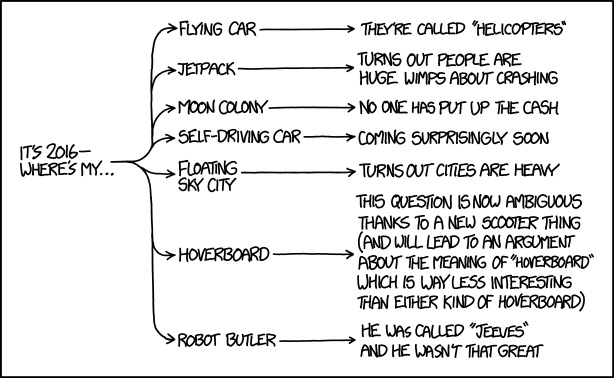"The enrollment in computer science program machine-learning classes is shooting through the roof."But, how applicable is machine-learning to most problems ? Is it a powerful, but niche, technology ? Prolog is a good historic parallel, as it promised to apply AI processing that would revolutionize computing analytics. Turns out, Prolog excels at a very specific range of problems, but isn't the general purpose AI tool that everyone had hoped.
David Linthicum applies some common sense to the machine-learning debate in his article on "
Machine Learning is a Poor Fit for Most Businesses:"
"Machine learning is valuable only for use cases that benefit from dynamic learning — and there are not many of those. Examples of machine learning use cases include financial systems that deal with risk, medical diagnosis, or recommendation systems like those at Amazon.com.
But the online transaction processing (OLTP) style of applications that run most businesses are not a good fit for machine learning."My guess is that as more and more big data projects are developed, machine-learning will find a fertile ground for more applications (but, it'll be a slower trend than anticipated).
*Ironically, there was a misspelling in the original post. I think that is pretty funny, as it demonstrates my dependency on automated spell-checking. Thanks Bruce for the nudge.





